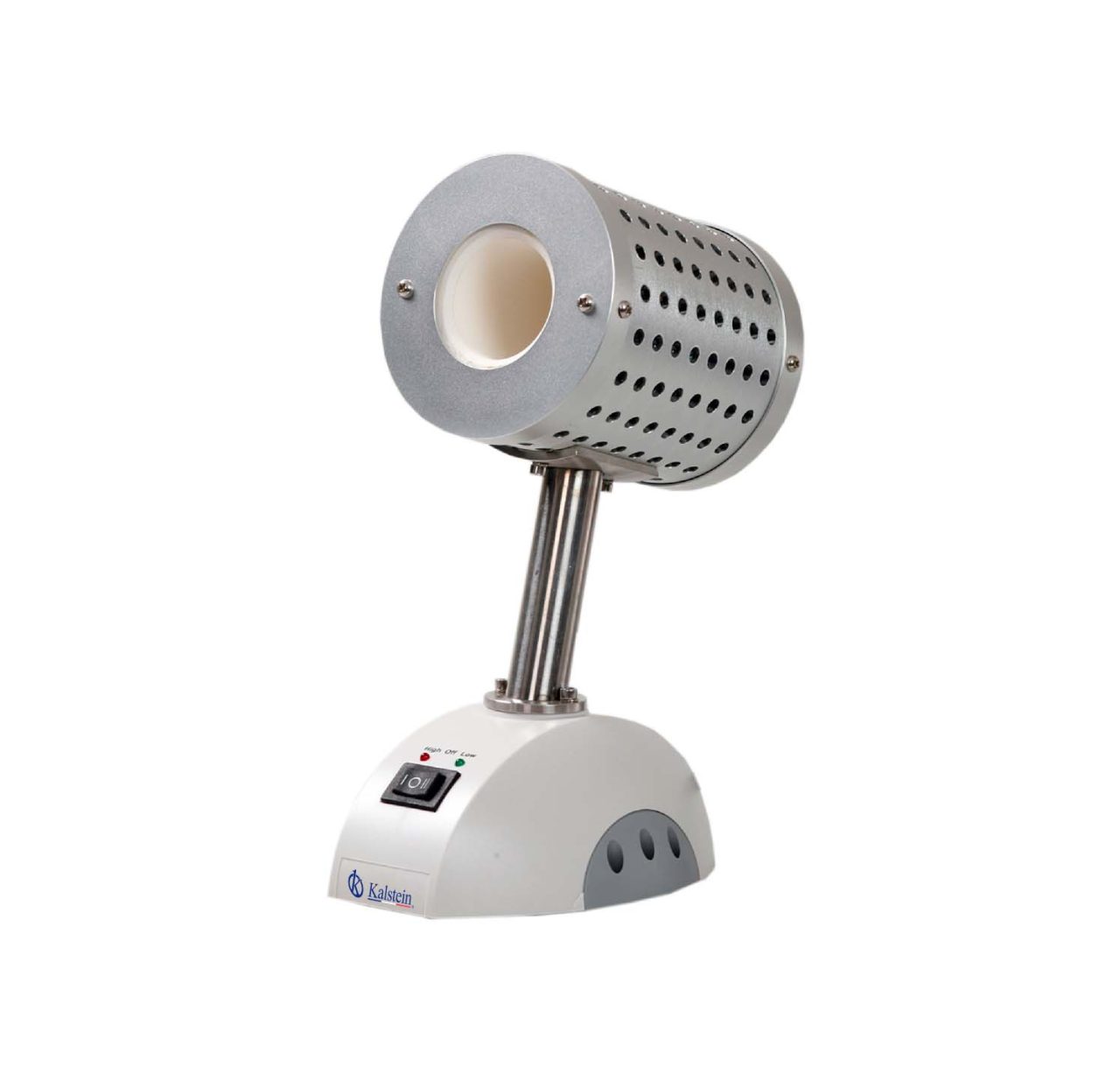Currently, lighters are used in laboratories all over the world for sterilization of flasks. However, through the integration of sterilizers such as the Bacticinerator, their functions are different and they are responsible for disinfecting the handles for microbiological analysis, besides being modern and have been relegating the Bunsen burner to the role of auxiliary means, although still with great presence in the laboratory practices of many academic disciplines.
In this sense, both devices use heat as a method used for sterilization of glassware, surgical instruments, metal needles, materials not miscible with water, etc., by placing the material directly over the fire until it becomes red hot. This burns the contaminants to ashes.
Differences between the Bacticinerator and the Lighter
The use of lighters is one of the unsafe and aerosol-generating devices used in scientific laboratories to heat, sterilize or incinerate samples or chemical reagents. However, references to their use are few and far between and have fallen somewhat into oblivion. The use of lighters inside the cabinets are two problems, first, that they have the ability to disrupt air flows inside the cabinets putting at risk the staff working and, second, that serious accidents have been reported, including explosions.
On the other hand, the Bacticinerator is a device that, unlike the lighter, has a cylindrical shaft that overheats and allows the sterilization of culture handles. Most of them are electric and have the advantage that during the course of incineration aerosolization of the materials present in the bacteriological circuits is avoided. They can also be used inside biological safety cabinets, unlike igniters, as they alter air flows and are contraindicated. These Baccininerators reach temperatures of at least 800°C, killing microorganisms in the first 5-10 seconds.
Advantages and disadvantages
- Temperatures up to 1500 ºC are obtained
It produces a fast heating of the materials.
Its base provides great stability and good fixation.
It manages to regulate the air flow that supplies the oxygen necessary for incineration with flame formation in the mouth or upper part of the vertical tube.
It cannot be used for chrome-plated or nickel-plated metal elements.
It does not sterilize powdery substances.
It does not sterilize fatty substances.
The Baccininators:
is portable
It is economical
It does not leave toxic residues on materials.
It is easy to obtain
No heat steam
It does not sterilize plastic handles.According to the above, it is understood that this equipment destroys contaminated disposable material, when working with microorganisms that can harm human health or the environment.
The use of a gown, chemical or biological gloves, footwear, eye or respiratory protection appropriate to the type of substance and state of aggregation is recommended, since depending on the sample to be heated it is possible that toxic vapors may be formed, so the igniter should be used inside a chemical safety cabinet or under localized extraction.
In addition, in case of having to heat the culture handles for biological agents with the use of the Baccininator, it is also advisable to use the biological cabinet for possible aerosols.
Kalstein brand Bacincinator
If you are looking to buy your first incineration and disinfection equipment, or to renew the one you already have in your laboratory, at Kalstein we offer you the best equipment ideal for you. We have at your disposal the Baccininator belonging to the YR series, which has a high temperature center of 825°C ± 50°C. Maximum diameter of sterilization products of Φ35 mm and sterilizer length of 100 mm. And many other attractive features, which can be seen in our catalog HERE.




